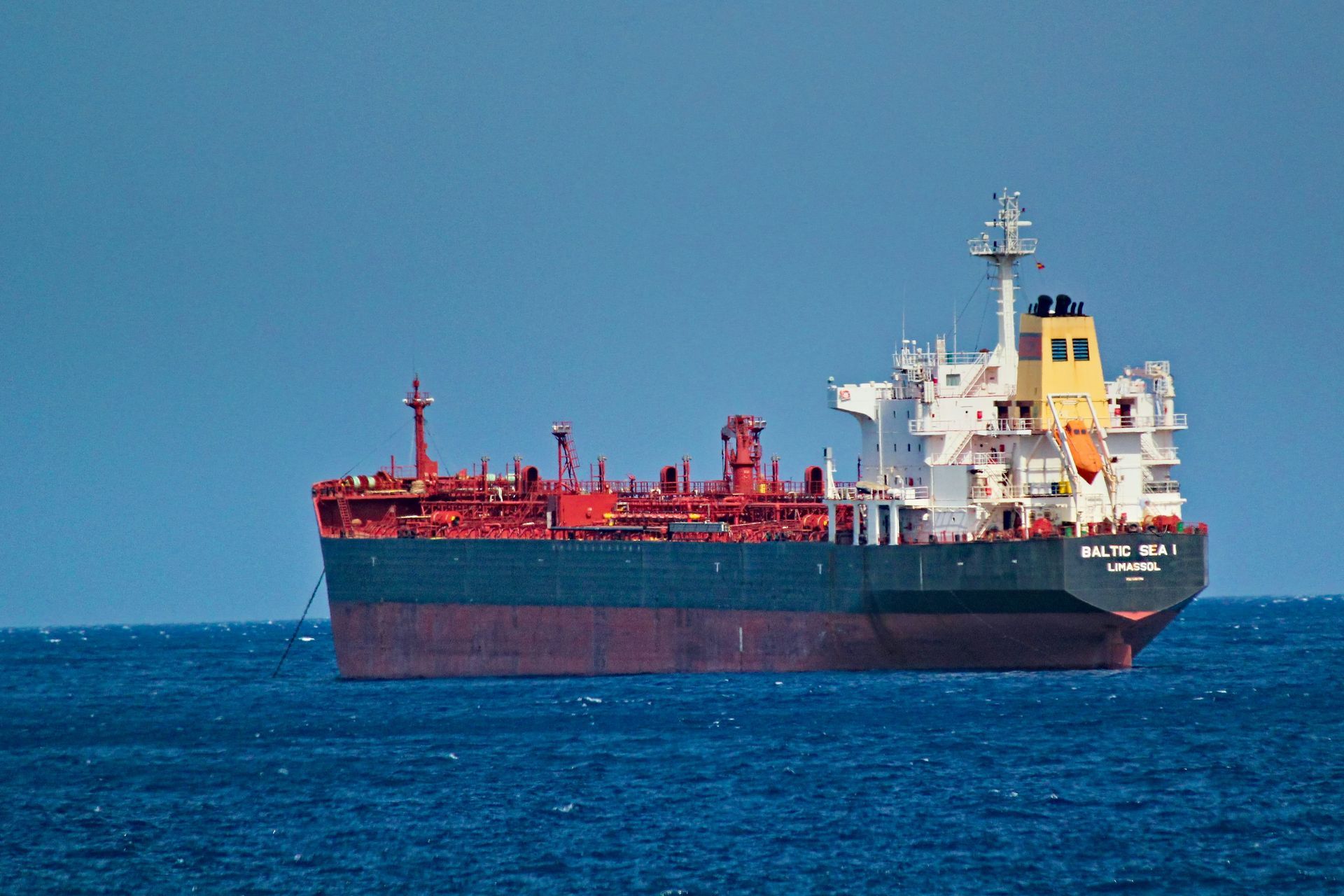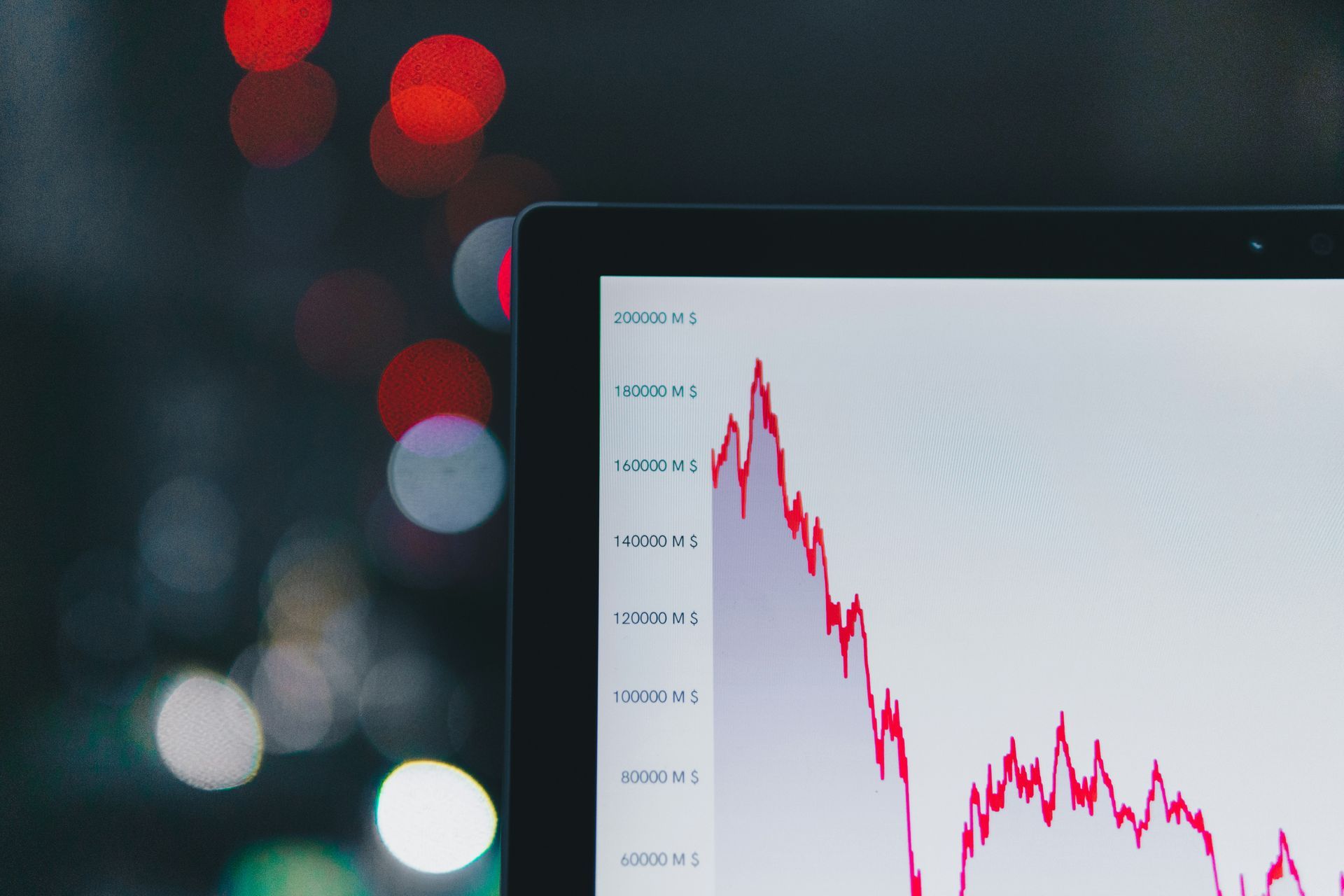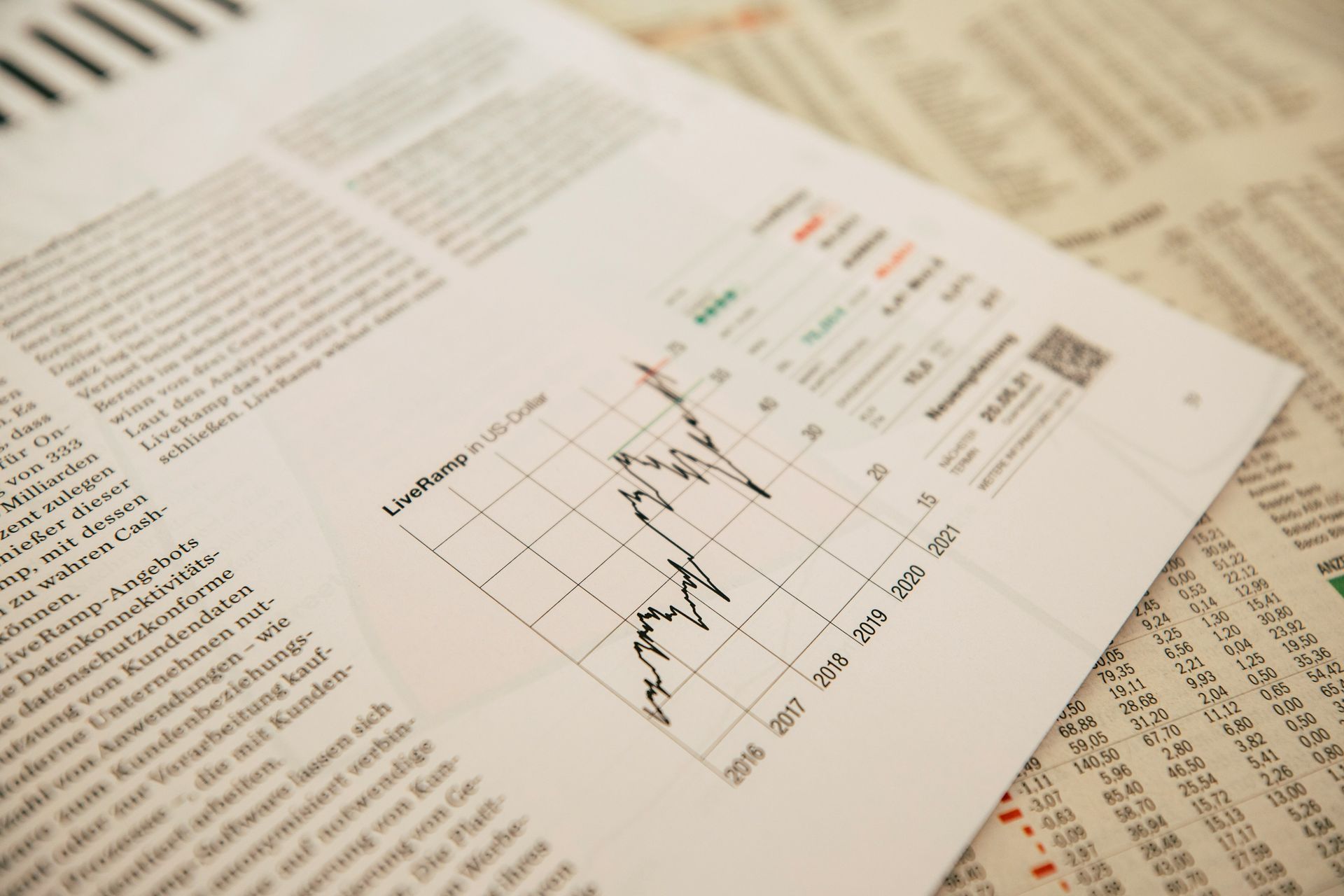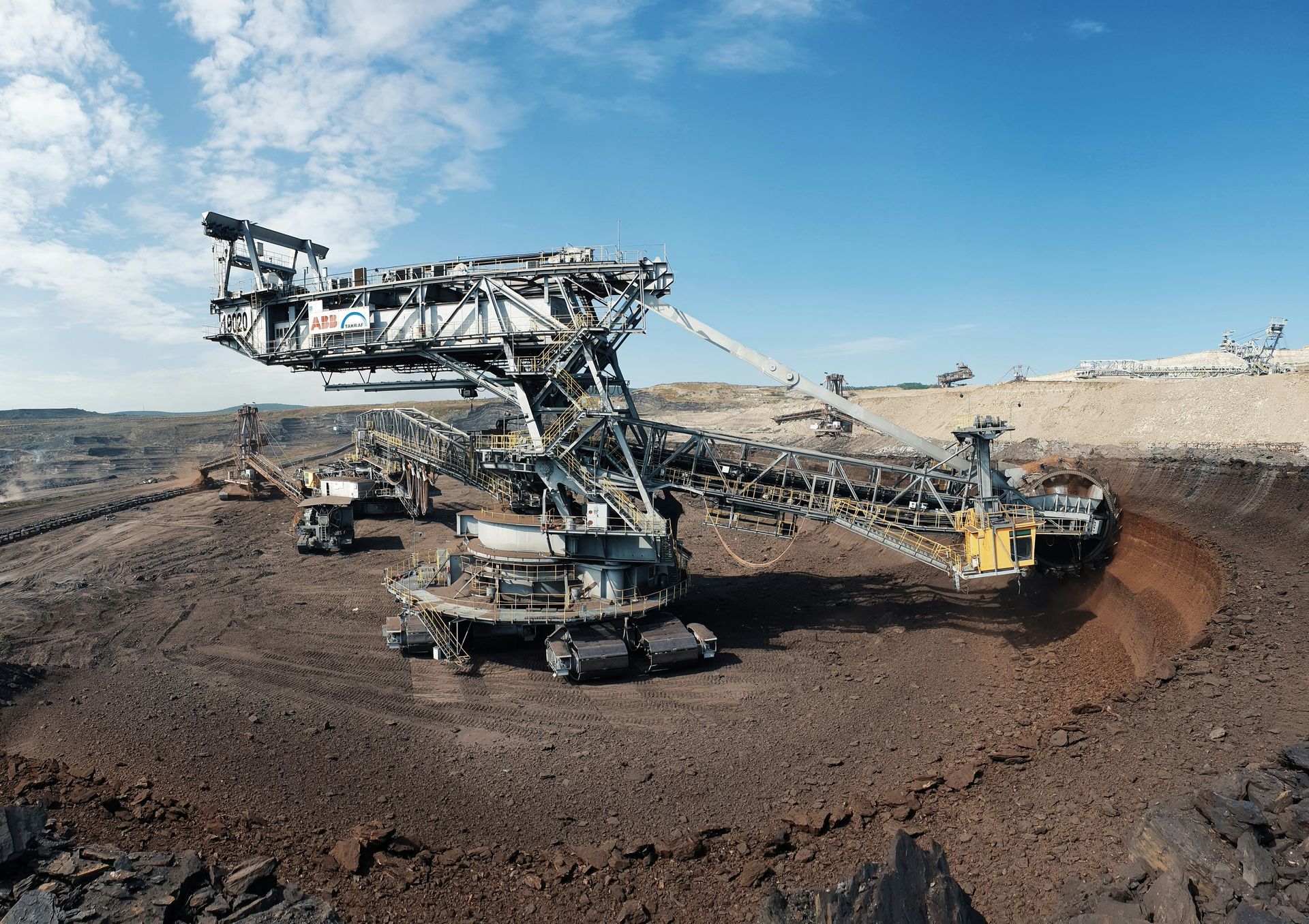Africa’s Gas and LNG: a Mozambique case study
Europe’s gas portfolios have been rewired since 2022. The International Energy Agency expects Europe’s LNG imports to hit a record in 2025 as pipeline flows from Russia keep shrinking, cementing LNG’s role in diversification strategies for the rest of the decade.
Within this context, Africa appears as a valuable partner. Algeria is the continent’s largest natural-gas producer based on 2024 output, while Nigeria holds the biggest proven reserves. At the same time, Egypt, Senegal, Mauritania and Mozambique add flexible seaborne volumes that can swing between Atlantic and Asian basins.

Europe isn’t just talking about LNG. It is building capacity to receive more of it. New floating storage and regasification units (FSRUs) have been added since 2022, including Germany’s rapid build-out and Greece’s Alexandroupolis terminal, which began commercial operations on October 1, 2024.
Buyers are locking in multi-year LNG supply contracts with non-Russian sellers. A notable example is QatarEnergy’s long-term deals to supply Germany, which are structured to deliver cargoes directly into German terminals. The IEA also expects Europe’s LNG imports to be near record highs in 2025, underscoring the shift toward seaborne gas.
Policy is tilting procurement away from Russian gas and toward traceable, lower-emissions supply. The EU’s Methane Regulation (2024/1787) imposes new monitoring/reporting duties (including on imports), and the EU’s 14th sanctions package bans trans-shipment of Russian LNG via EU ports — both measures that nudge buyers to source from the U.S., Qatar, and Africa. There’s also an EU draft move to require proof of gas origin to enforce a phase-out of Russian supply.
This demand signal is exactly why African LNG projects continue to attract finance and offtake despite ESG headwinds and schedule drift. In the northwest, Senegal and Mauritania’s Greater Tortue Ahmeyim is now loading cargoes, adding a new Atlantic Basin source that can swing between European and Asian buyers. Nigeria is reinforcing its anchor role with the NLNG Train-7 expansion moving toward start-up this decade, underpinned by fresh long-term gas supply agreements to keep the liquefaction complex fed. Meanwhile, Algeria continues to pair pipeline deliveries to Europe with steady LNG exports, and Angola has redirected a larger share of spot cargoes to Europe since 2022. Even pre-FID projects, such as Tanzania’s onshore LNG with Shell/Equinor/Exxon, remain live because late-decade demand still justifies keeping options open.
Nevertheless, the harder question for diversification is whether volumes keep flowing when local realities intrude—when security wobbles, when procurement meets politics, when enforcement is uneven.
In this context, Mozambique is a useful case to examine. The same basin that lifts LNG offshore faces onshore conditions—insurgency risks, illicit networks, governance frictions—that can reshape schedules. Our team took a deep dive into the country and its risks.
Mozambique: a budding LNG hub
Mozambique is already exporting LNG offshore. Eni’s Coral Sul FLNG has loaded cargoes since November 2022 under a 20-year offtake with BP, and marked its 100th shipment in April 2025. Sitting offshore, it has been less exposed to onshore disruption while delivering destination-flexible cargoes into Europe and Asia.
Onshore, the picture is more conditional. TotalEnergies’ Area 1 (Mozambique LNG) secured a USD 14.9 billion debt package in 2020, but went into force majeure after the March 2021 attack on Palma. In March 2025, the U.S. Export-Import Bank re-approved close to USD 5 billion of support, a step towards the remobilisation the operator has targeted for 2025, with first LNG now expected closer to the end of the decade. In parallel, the UK is reviewing its exposure via UKEF and has commissioned human-rights due diligence, signalling lender sensitivity to conduct on the ground.
ExxonMobil’s Area 4 onshore project (Rovuma LNG) returned to front-end engineering and design in late 2024, positioning the partners for a final investment decision once security and financing conditions are acceptable.
Meanwhile, the government has approved Eni’s second offshore unit, Coral Norte FLNG, for a late-decade start-up.
Taken together, these steps indicate continued operator engagement, with a phased approach that leans on offshore capacity and advances onshore only as security, financing and ESG conditions allow.
The risks that move the needle for onshore
Security remains the gating item for onshore. The March 2021 assault on Palma by Islamic State-aligned militants triggered the force majeure. Since then, Rwandan and regional deployments have improved conditions but have not eliminated incidents.
UN OCHA’s July–August 2025 updates still characterise Cabo Delgado as highly volatile, and ACLED’s Cabo Ligado notes insurgent activity periodically reaching as far as villages south of Afungi. This is why operators tie restart cadence to verifiable security indicators.
Furthermore, Mozambique faces structural illicit economy challenges. UNODC and EU drug-market assessments document the “southern route” for Afghan heroin—and increasingly methamphetamine—across the western Indian Ocean, with dhow and container flows touching Mozambican shores before moving south.
Those same corridors, logistics firms, and facilitators can intersect with project procurement if counterparties are not mapped beyond the first tier, creating concrete anti-money-laundering, procurement-capture, and reputational risks for operators and lenders.
Governance and integrity risks also remain current. The U.S. “hidden-debt” (or “tuna bonds”) case — roughly US$2 billion in 2013–2014 loans to EMATUM, ProIndicus and MAM from Credit Suisse and VTB, secretly backed by state guarantees that bypassed parliament and the IMF, triggering a donor freeze, currency collapse and default when exposed — ended with a 2025 U.S. prison sentence for former finance minister Manuel Chang over bribes tied to those guarantees.
That history is why lenders now insist on tighter controls around any sovereign undertakings and project-adjacent public spending. In parallel, export-credit agencies are stress-testing human-rights safeguards at Afungi; the UK has commissioned an external review, and TotalEnergies has asked Mozambican authorities to investigate allegations concerning 2021 conduct by state forces.
Finally, labor and modern-slavery risks are non-zero. The U.S. State Department’s 2024 Trafficking in Persons Report places Mozambique at Tier 2—“making significant efforts” but not yet meeting minimum standards—underscoring the need for active worker-welfare controls in recruitment, resettlement, and on-site services.
Who is exposed and why
Operators and EPC consortia carry exposure through their vendor universes and security setups. On Area 1, the onshore EPC is the CCS joint venture (Saipem–McDermott–Chiyoda). Risk propagates through civil works, haulage, camp services and labour brokers, where a single weak counterparty can transmit sanctions, AML or human-rights issues up the chain.
Since 2024, TotalEnergies has used unarmed guarding from Isco Segurança — a Mozambique–Rwanda JV reported to have political connections — which is precisely why beneficial-ownership and political-exposure checks cannot stop at incorporation papers.
Financiers face covenant and reputational risk as ESG conditions tighten; EXIM’s 2025 re-approval contrasts with UKEF’s ongoing review, illustrating divergent appetites even within the same banked structure.
Offtakers and traders remain exposed to disruption if security incidents cascade into repeated force-majeure events and scheduling slippage.
Islamic State Mozambique remains the proximate security actor, sustaining asymmetric attacks across several districts and occasionally probing south of Afungi.
Elements within state security forces can also become risk actors if screening, training and command accountability are weak, generating human-rights exposure that can flow back to operators and lenders.
Along the coast and transport corridors, trafficking syndicates and their facilitators maintain illicit cash and commodity routes. When intermediaries or “local content” partners sit inside those networks, they create AML and procurement-capture risk for projects.
None of this is invisible: these actors can be observed and mitigated through data, ownership and relationship mapping, payment tracing, and movement/route insights from on-the-ground sources.
Businesses need to know who they’re dealing with, how those actors connect, and what has changed on the ground before they contract, hire or move. Evidencity provides the supply-chain mapping and relationship data to make those checks quick, easily accessible, and actionable.



